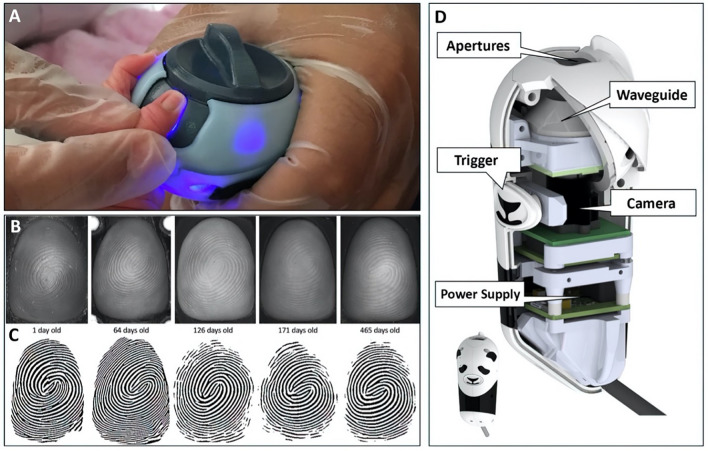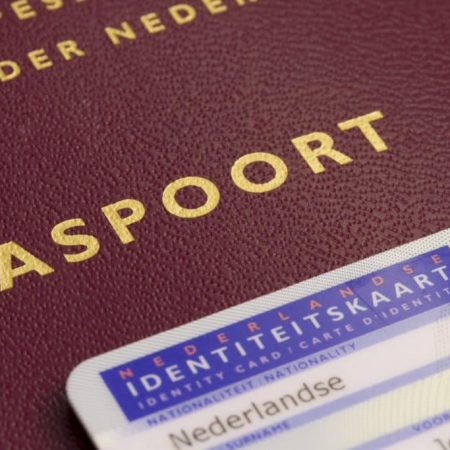Clinical research shows infant fingerprint biometrics nearing real-world effectiveness
Confirming the identity of newborns in healthcare settings with biometrics may be within reach with current technology, according to a new academic research paper published by the U.S National Library of Medicine.
‘Biometric recognition of newborns and young children for vaccinations and health care: a non-randomized prospective clinical trial’ is co-authored by researchers from the University of California San Diego, Universidad Autonóma de Baja California in Tijuana, and Hospital Central Tijuana. It describes a fingerprint biometric system for “longitudinal” recognition in support of vaccinations and clinical follow-ups.
The researchers enrolled and followed just under 500 children for up to two years. Ten fingers were images from each, with failure to enroll rates for two fingers of below 1 percent, and for four fingers of below two percent. The tests were carried out in Baja, Mexico, between 2017 and 2019.
Compared between 15 and 30 days later with a false accept rate set at 0.1 percent, the true accept rate (TAR) for biometric verifications was 77 percent for newborns enrolled within the first three days of life, but 96 percent for those enrolled at four days or older.
Identification accuracy was higher, using the top-ranked match score, at 86 percent of those enrolled in the first three days, and 97 percent for those enrolled later.
The device used is one developed in-house by UC San Diego researchers, and discussed with Biometric Update in some depth. The team is now seeking to commercialize the device in collaboration with NEC.
The biometric device and example imagery used in this study.
The platen-free, contactless design alleviates some challenges faced by other techniques for infant fingerprinting, but also adds some complexity to the process, according to the paper.
The researchers note that “The enrollment protocol and the frequency of updating will increase for infants compared to adults. However, these data suggest that a high-resolution, free space imaging technique may fill the final gap for universal biometrics across all populations called for by the United Nations Sustainable Development Goal 16.9.”







